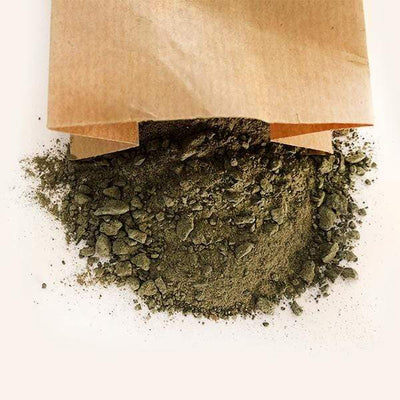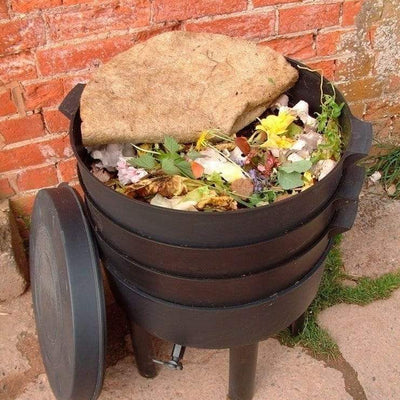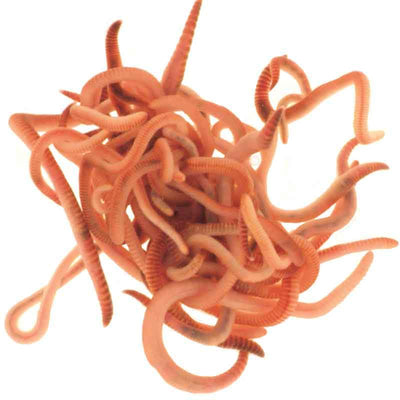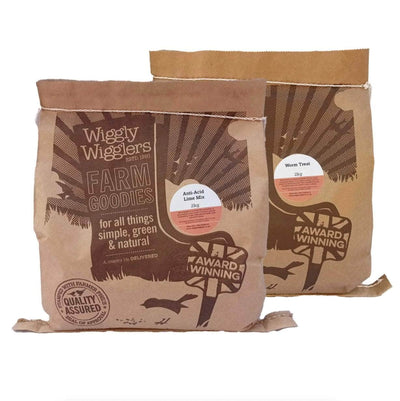In recent years, the global food industry has been seeking sustainable solutions to reduce its environmental impact. One area that has gained considerable attention is the production of beef, which has been labelled (in many cases unfairly in our view) a resource-intensive process associated with greenhouse gas emissions. Many of these claims fail to take into account that much of the land used in the UK for cattle is unsuitable for crops and so on – but no matter… We think Blakemere Stabilisers take us another step along the way of Lower Carbon Regenerative Farming and low carbon beef production.
Understanding Stabiliser Cattle
Stabiliser cattle are a specific breed composite developed by the Leachman family. They were created by crossing several breeds, including Red Angus, Gelbvieh, and Hereford, in an effort to combine desirable traits from each breed into one composite animal. The resulting stabiliser cattle possess a balance of traits such as fertility, adaptability, and carcass quality, making them an ideal choice for low carbon beef production.

Advantages of Stabiliser Cattle
1. Environmental Sustainability: Stabiliser cattle offer distinct advantages in terms of environmental sustainability. They exhibit exceptional feed efficiency, converting feed into beef with minimal waste, thereby reducing the overall environmental footprint associated with beef production. This efficiency helps mitigate the greenhouse gas emissions resulting from cattle farming, making them a valuable asset in the pursuit of low carbon beef.
2. Adaptability: Stabiliser cattle are known for their adaptability to various climates and geographic regions. This versatility allows farmers to raise them in diverse environments, reducing the need for artificial interventions such as climate-controlled housing or excessive chemical usage. Consequently, the lower dependence on external resources contributes to the overall sustainability of the beef production system.
3. Fertility and Reproduction: Stabiliser cattle have been selectively bred for enhanced fertility traits. They exhibit strong maternal instincts and efficient reproductive capabilities, resulting in higher calving rates. Increased fertility reduces the need for maintaining larger herds to compensate for potential reproductive issues, leading to optimised resource utilisation and reduced environmental impact.
4. Carcass Quality: Stabiliser cattle are recognised for their favourable carcass traits, including good muscling, marbling, and meat tenderness. These attributes are highly valued in the beef industry, as they contribute to the overall quality and taste of the meat. By producing higher-quality beef, stabiliser cattle offer economic advantages to farmers while meeting consumer demands.
5. Longevity and Durability: Stabiliser cattle have been bred for their longevity and durability. Their genetic makeup enables them to withstand various environmental stressors and health challenges, resulting in lower mortality rates and reduced veterinary intervention. This resilience not only improves animal welfare but also minimises the environmental impact associated with the healthcare and management of livestock.

Stabiliser cattle have emerged as an innovative solution in the pursuit of low carbon beef production. Their unique genetic characteristics, combining desirable traits from multiple breeds, offer numerous advantages to both producers and the environment. By optimising resource utilisation, improving feed efficiency, and reducing greenhouse gas emissions, stabiliser cattle contribute to a more sustainable and environmentally friendly beef industry. As global awareness of climate change and sustainable practices continues to grow, the adoption of stabiliser cattle could play a crucial role in creating a greener and more resilient future for the beef sector. Thanks to Neil Rowe for his expertise in inspiring our move to this breed and Nigel Winney who has several years of experience in breeding Stabilisers and who supplied our first 10 cows in calf. They are lovely and we look forward to cows bred for people, planet, profit.






